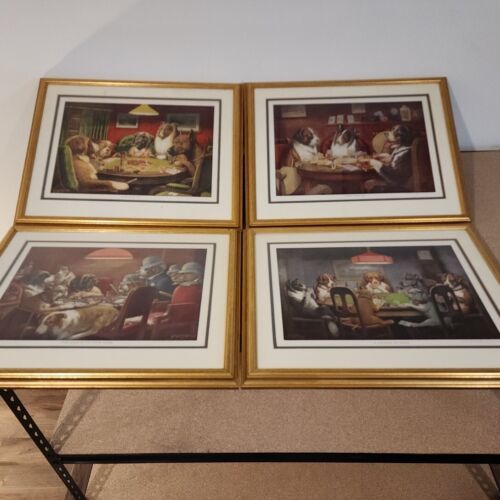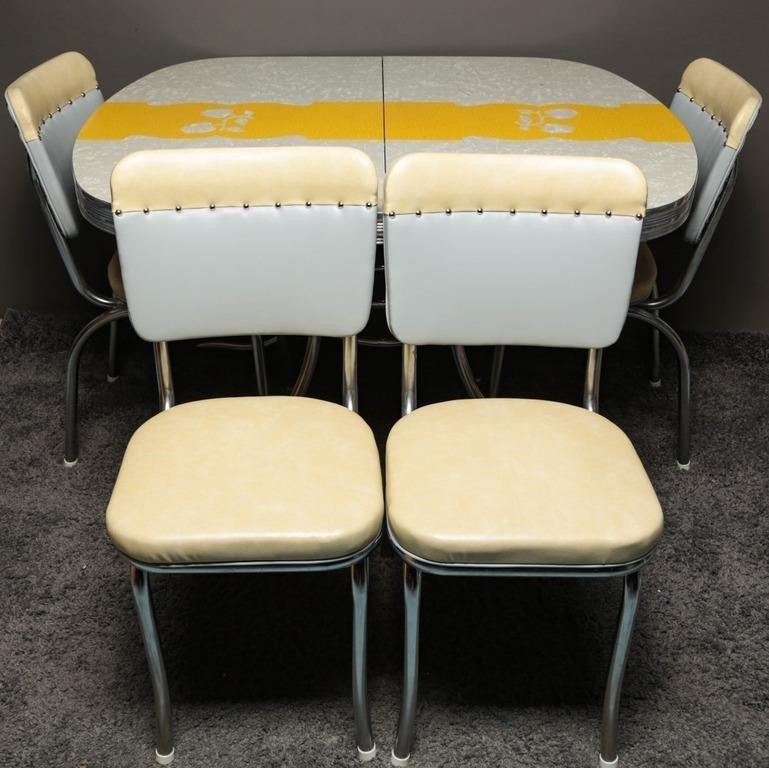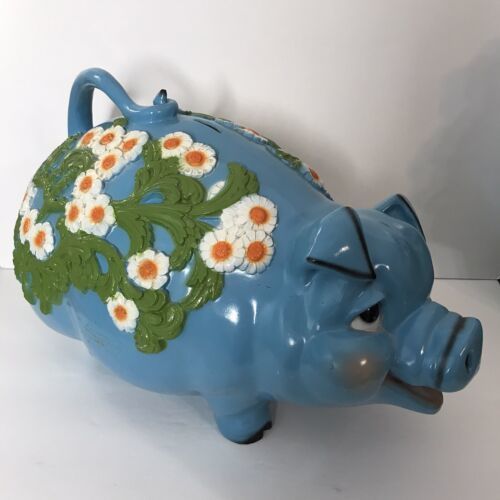#Fun #Vintage #Kitsch #Collectibles #Love #WorthPoint
Is it always true that “everything old is new again?” Trends do come and go, so chances are a look, brand, or aesthetic that was popular years ago will eventually come back. This is certainly true for kitsch items, which seem to be riding the trend of mid-century modern items that are popular now.

So, what exactly is “kitsch,” you ask? The answer will depend on who you talk to and what item you want. The word “kitsch” comes from German roots, meaning “gaudy or trashy.” Many art critics and others used the word to describe mass-produced items that were cheap copies of nicer artworks and décor. Fans of the style, however, love it for the bright colors and whimsical anthropomorphic designs. The look is popular with fans of thrift stores and vintage sales, and some resellers even specialize in finding items that are examples of the best of kitsch.
KITSCHY COLLECTIONS
For collectors who love the look of these retro treasures, there’s much to choose from. It’s a broad category and includes kitchen items, furniture, décor, clothing, and much more. It’s a vibe that also crosses decades. Unlike specifically defined eras, like Victorian or Edwardian, kitsch isn’t just one range of time but rather an umbrella term for items from several different eras. The first use of the word was in the art markets of Germany in the 1860s and 1870s as a put-down by sophisticated merchants who didn’t like the practice of copying “real art.”
ARTWORK
While pictures can be subjective and people like what they like, kitschy versions of classic art masterpieces are a hit for some collectors. According to the Oxford Art Dictionary, kitsch is “art, objects or design considered to be in poor taste because of excessive garishness or sentimentality, but sometimes appreciated in an ironic or knowing way.”
One of the most iconic examples is a series of paintings by C.M. Coolidge depicting dogs playing poker. The work is both respected and reviled, but it’s always recognizable.

Another classic kitsch body of work is the art of Margaret Keane, who painted children with large, expressive eyes. Museums worldwide have original works by her. She had an epic battle with her ex-husband, who tried to claim he painted the works. In the 1980s, she won a judgment of $4 million against Walter Keane, her former husband, and finally received the credit for her work that she never got in the 1950s and 1960s.
DÉCOR AND FURNISHINGS
Even if you’re not looking for wall art, you can still bring a kitsch look to your home. The key to having an authentic vibe is to go big. Kitsch is, at its core, a maximalist look, so bigger pieces or several smaller ones are necessary.
It’s not always easy to find large furniture pieces with the color and vibrancy of true kitsch, so many collectors purchase tables, chairs, and shelving, strip off the varnish, and repaint them. There’s a bit of a controversy around this approach, especially when it involves vintage pieces or antiques. If painting a vintage piece isn’t possible, reproductions can be an option, especially in the kitchen.

One item no one seems to have anymore is a porcelain “hankie holder,” which was a common item for ladies to have on their vanity or dresser. Usually made as a porcelain doll, with slots in the skirt to hold handkerchiefs, they may not be common anymore, but vintage fans who collect porcelain or hankies look for them at tag sales and shops to complete a vintage vibe.
Another considerable part of kitsch décor draws from the Tiki culture, which includes barware, furnishings, and other eclectic items for that tropical aesthetic. Check out this collector and her Tiki culture lifestyle.
TEXTILES
Collectors wanting colorful designs can also check out linens and textiles. Napkins, tablecloths, and even vintage aprons are all examples of how to jazz up the vibe. Placemats, napkins, and tablecloths can set the tone for an eat-in kitchen or breakfast nook.
Vintage aprons are also having a moment and can be fun to either display or wear.
WEARING YOUR ART ON YOUR SLEEVE
The fun part of kitsch is that it’s diverse. Kitsch clothing can take any form, and thrifters or collectors can often find items in thrift stores. Some clothes from the 1950s are especially fun and have a kitschy look. Dresses, shoes, and hats are common collectibles with vintage fans. Collectors have embraced 1950s dresses, Hawaiian shirts, and handpainted ties in their quest for the perfect kitsch outfit.
BARWARE FOR KITSCH FANS
No mid-century home was complete without a well-equipped bar with glassware, ice buckets, and other tools for the home bartender. The kitsch vibe was strong during this time, and much of the barware reflects that. As a fan of this era of vintage items, the “white whale” object I always look for when crawling through vintage markets is a Hazel Atlas elephant martini set. The sets bring back the design of the times, with wee pink elephants dancing across the shaker and matching glasses. One of these days, I will have my Friday night cocktail, shaken, not stirred, in one of these sets.
A LITTLE BIT OF EVERYTHING
As we can see, kitsch is a design theme, an art vibe, a collectible genre, and a lifestyle. It encompasses so much of the vintage space, which means there is something for any collector. It might not be high-end art, but vintage enthusiasts love to find it. Whether it’s a set of bunny salt and pepper shakers or a fat piggy bank, put a little kitsch in your step!
Brenda Kelley Kim lives in the Boston area. She is the author of Sink or Swim: Tales From the Deep End of Everywhere and writes a weekly syndicated column for The Marblehead Weekly News/Essex Media Group. When not writing or walking her snorty pug, Penny, she enjoys yard sales, flea markets, and badminton.
WorthPoint—Discover. Value. Preserve.




